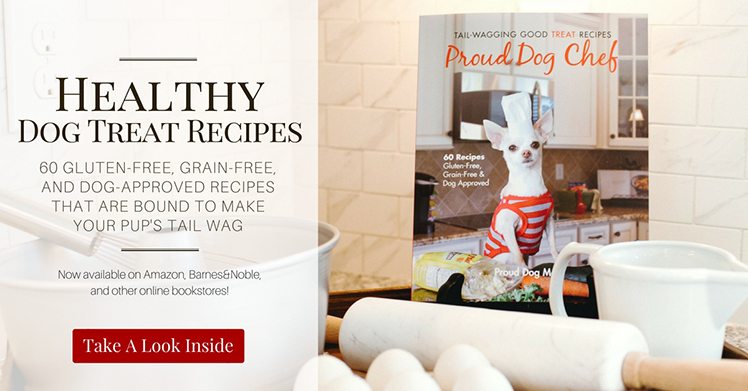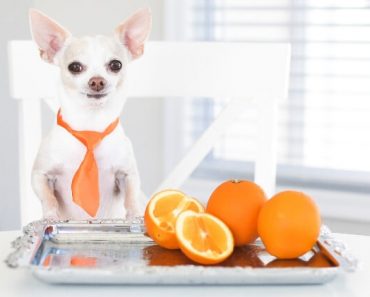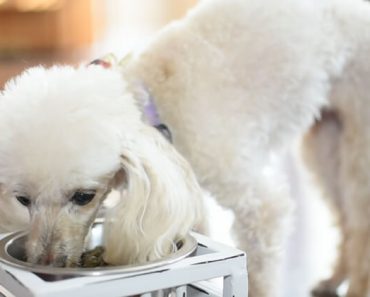Have you ever rubbed your fingers inside your dog’s water bowl and felt a slippery slime substance? If so, that bowl is way overdue for a cleaning. Before we talk about what that slime is and how it affects your dog’s health, let me ask you a quick question: Would you drink out of a used glass that hasn’t been washed for weeks? I hope you said no! Well, just like how you deserve to drink out of a clean glass, so does your dog.
(No judgment here – there have been a few times where I’m guilty of refilling their bowl without giving it a good clean first. I have felt the slime before. But now that I know what is it, I’m extremely conscious about cleaning their bowls … hopefully, you will be too!)
What Is That Slime?
The slime I mentioned a second ago is called biofilm. It’s a thin, gooey film of bacteria that adheres to various surfaces. While biofilm does contain some good bacteria, it also contains bad bacteria that could make your fur baby sick.
Listeria, E. coli, and legionella are all organisms that call biofilm home. If your dog’s water bowl isn’t cleaned, this bad bacteria will reproduce and their water will become contaminated. Bad biofilms have been linked to urinary tract infections (UTIs), bladder infections, middle-ear infections, and more.
So, How Do You Stop Biofilm From Forming?
Well, you have to wash your pup’s bowls! Here’s what I do. Throughout the day, every time I refill their bowls, I wipe them down with a paper towel (note: biofilm needs to be physically broken up).
Then at the end of the day, I wash their bowls in hot water by hand and do a deeper clean once per week! Check out cleaning best practices below.

Top Cleaning Tips
1) Change Water Daily
I have two dogs and I serve them water out of small bowls. So, in my house, the pups drink enough for me to refill their water throughout the day. However, if there is water left in your dog’s bowl at the end of the day then it’s important to toss it out and give them fresh water. Sitting water breeds bacteria.
2) Wipe Bowls In Between Cleaning
Every time you refill your dog’s water bowl, get in the hang of quickly wiping the inside with a paper towel or clean washcloth. This will help break up any forming biofilm.
3) Clean Regularly
Bowls should be cleaned daily. One of the fastest methods is by hand. Just flip on the hot water, grab some natural dish soap, and hand wash their bowl as you would your own. Since research has shown kitchen sponges contain a whole lot of bacteria (I’m talking about an alarming amount), I personally prefer to use a high-quality, ribbed paper towel when scrubbing. Once you’re done thoroughly rinsing all soap, dry your pup’s bowl and voilá — you’re good to go!
If your dog bowl is dishwasher safe then you can simply put it on the top shelf and let it go for a spin!
According to the NSF Organization, pet parents should also sanitize their dog bowls once a week. To do this, they recommend:
“Place the dishes in a 1:50 bleach rinse (one cap of bleach in one gallon of water) and soak for about 10 minutes once per week. Rinse thoroughly and allow to air dry.”
4) Use Stainless Steel Bowls
Okay, so this isn’t technically a cleaning tip. But, it’s recommended to use stainless steel or ceramic bowls versus plastic bowls. Plastic dog bowls are very porous and can get scratched easily. For this reason, it’s much easier for bacteria, algae, and mold to collect and grow.









So weird, but I’ve wondered what that slimy stuff was also, even after washing with soap and water you can still feel it in the bowl! Only way it goes away completely is in the dishwasher.